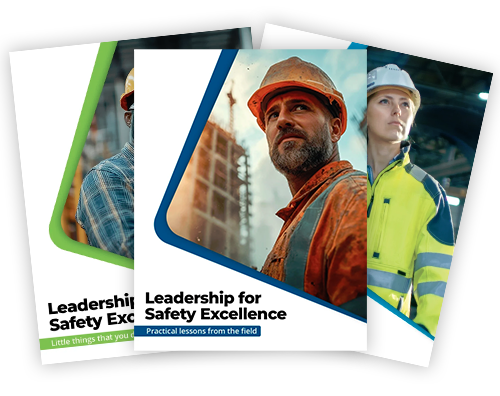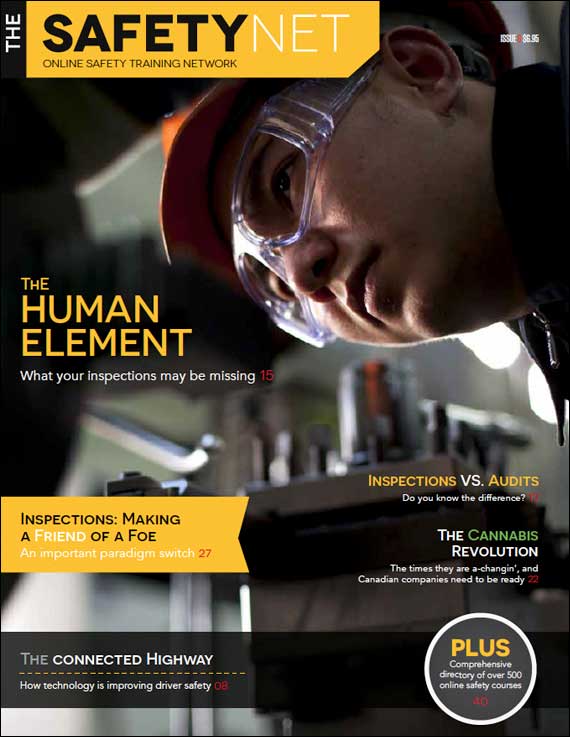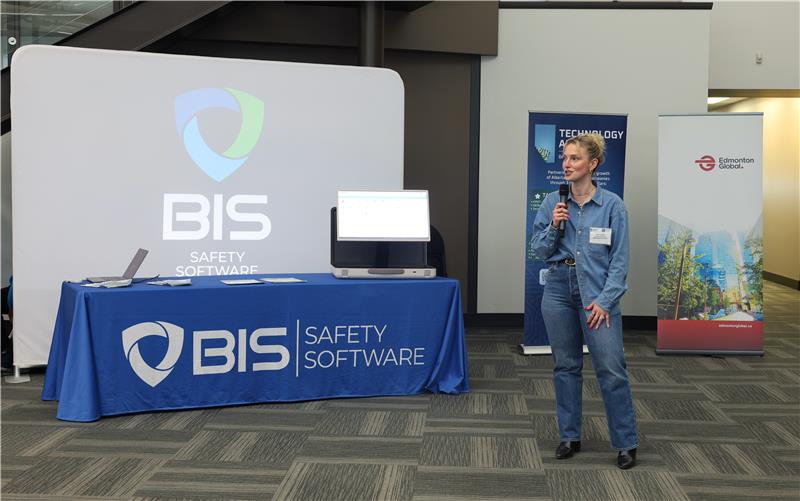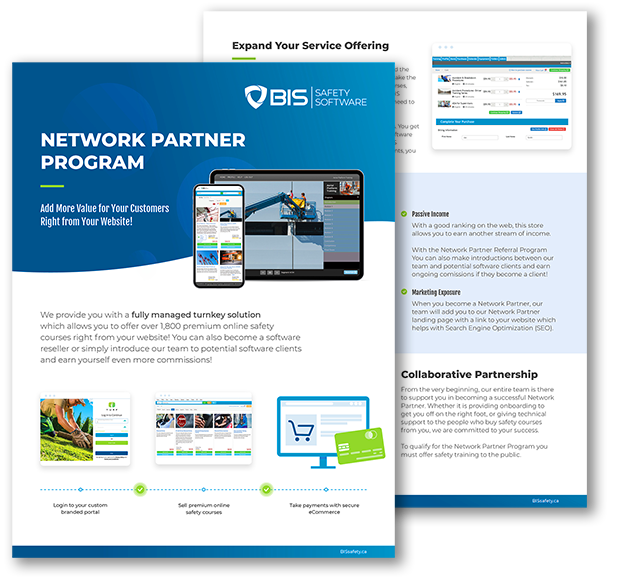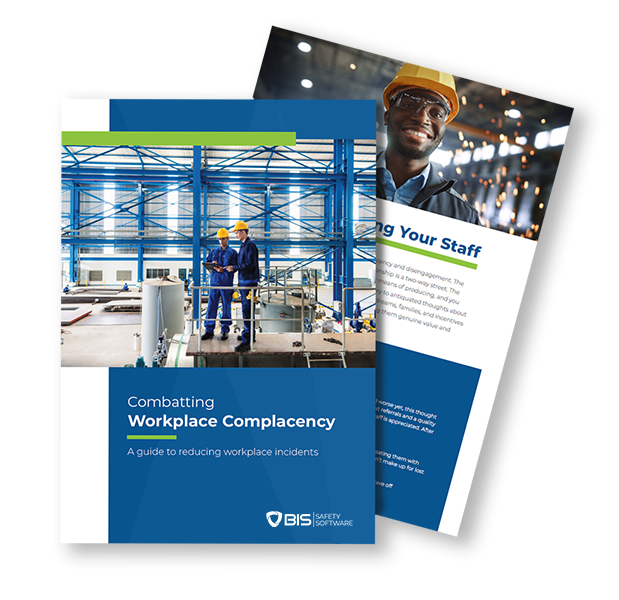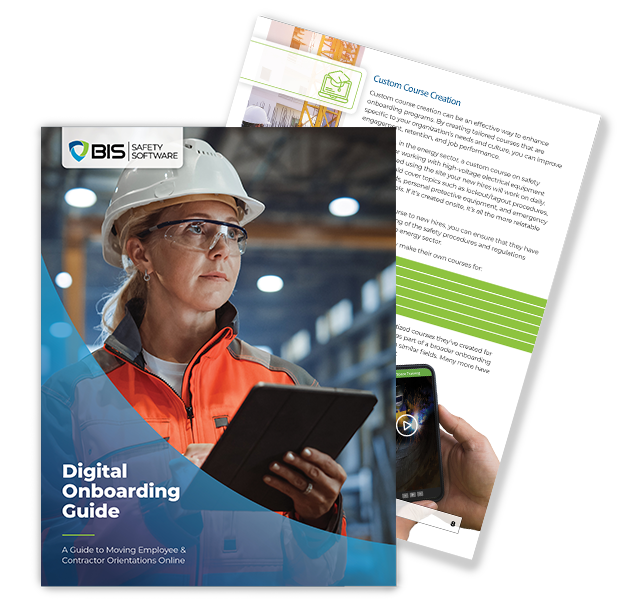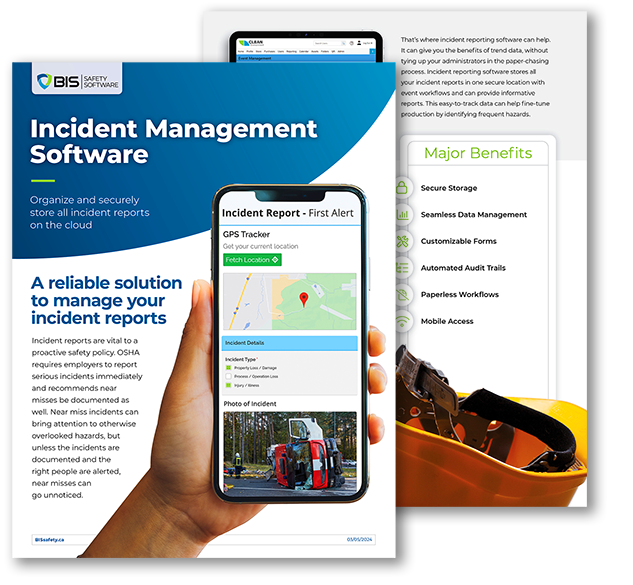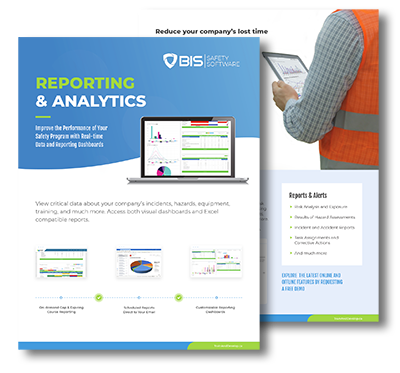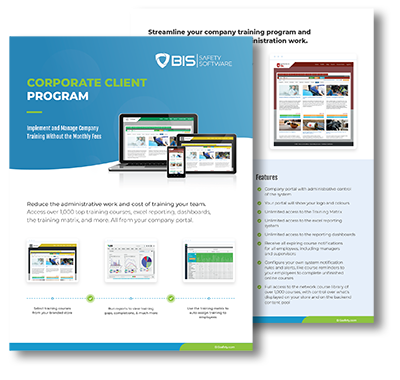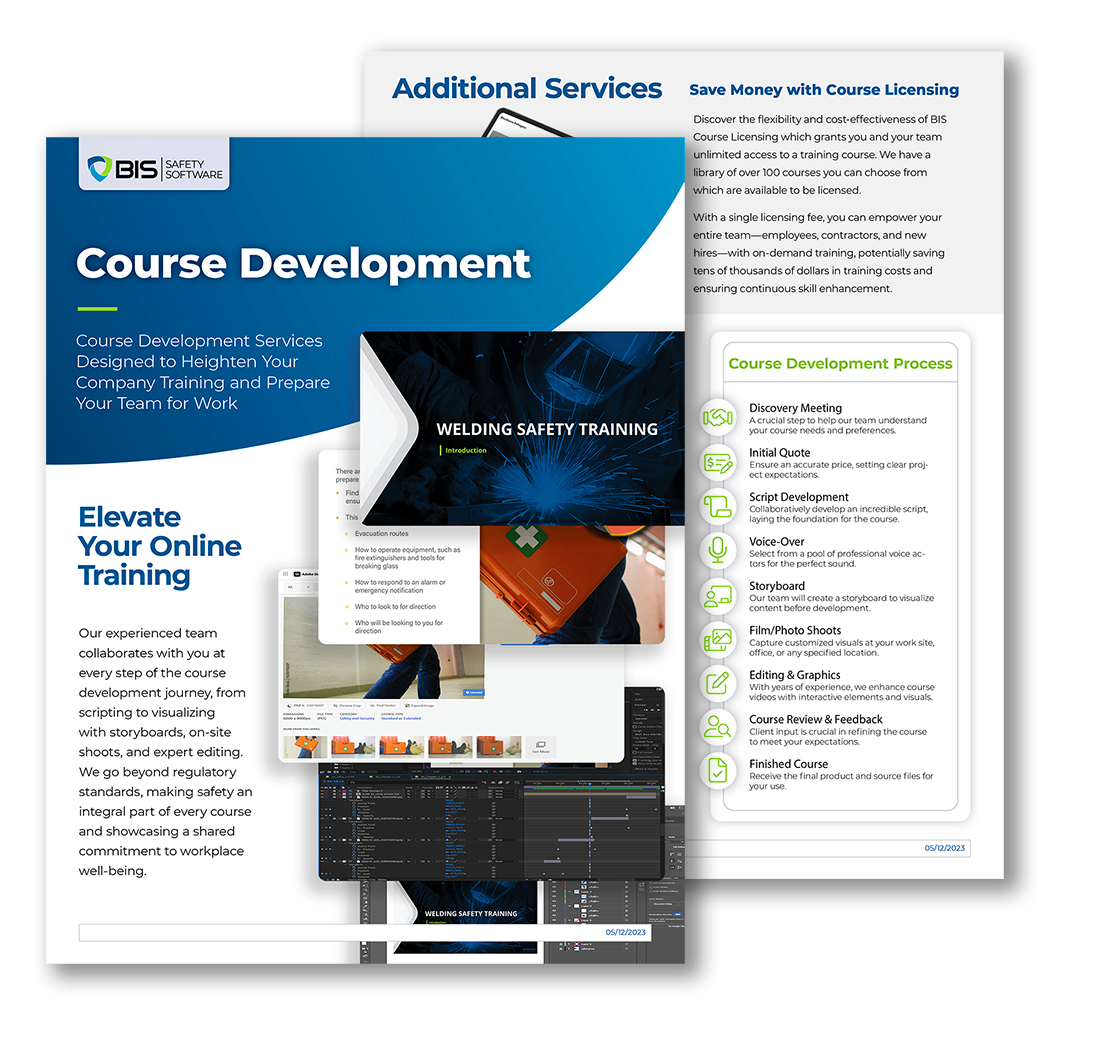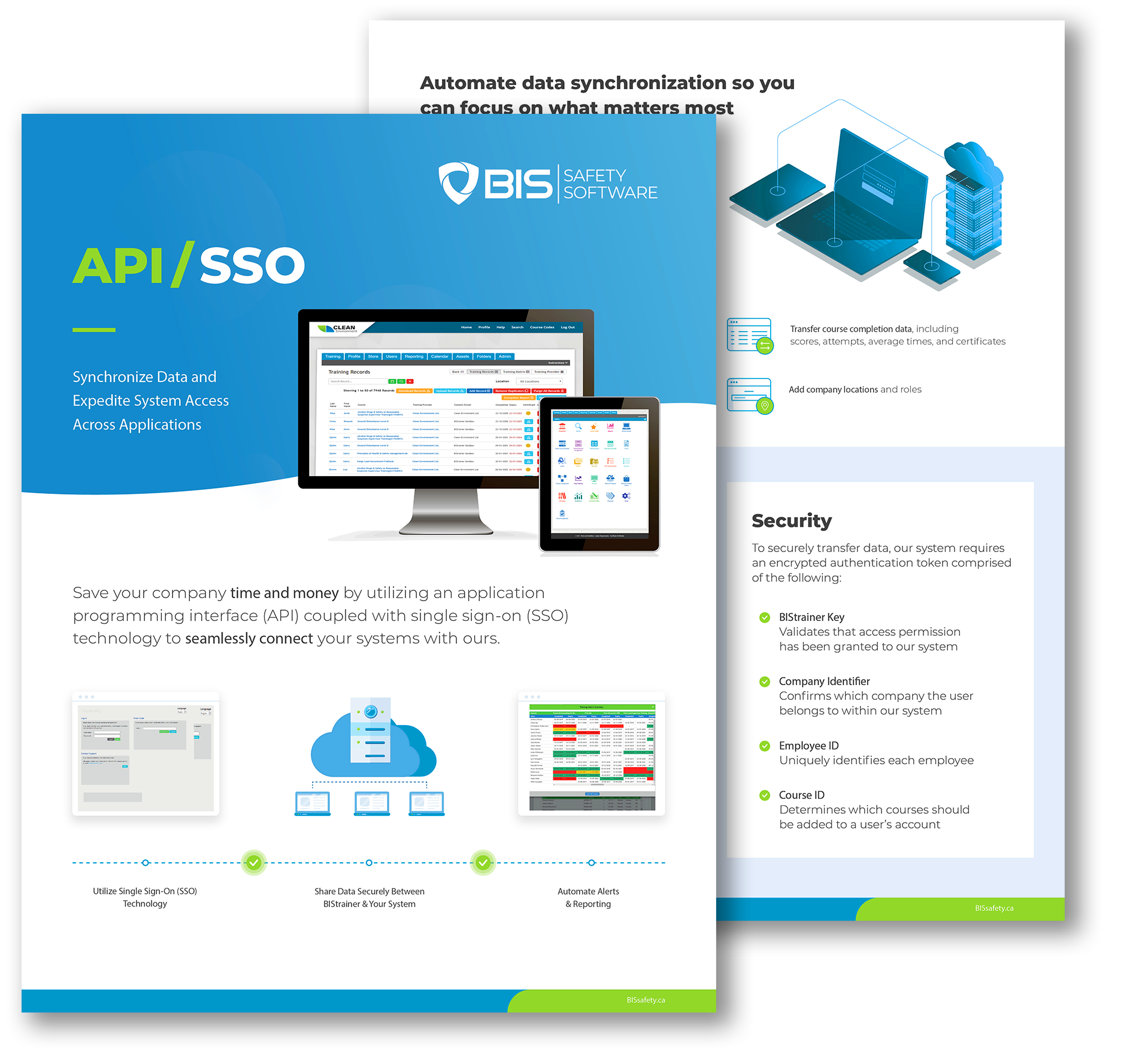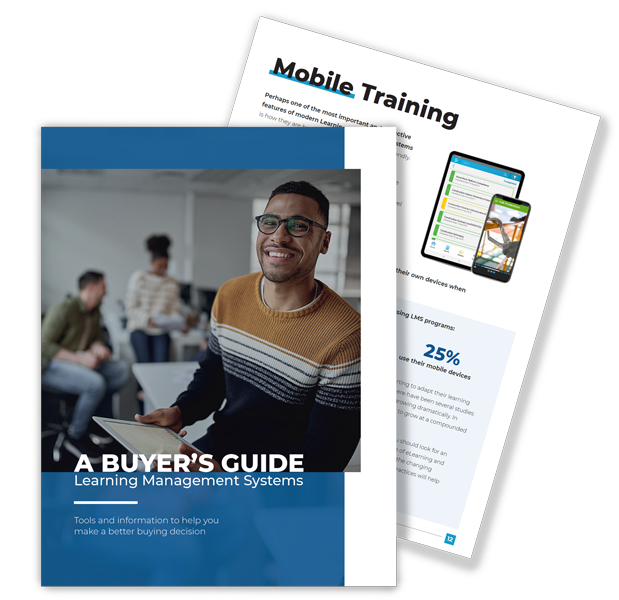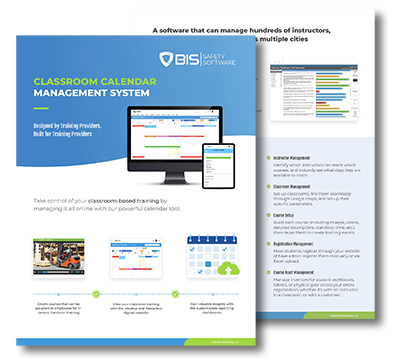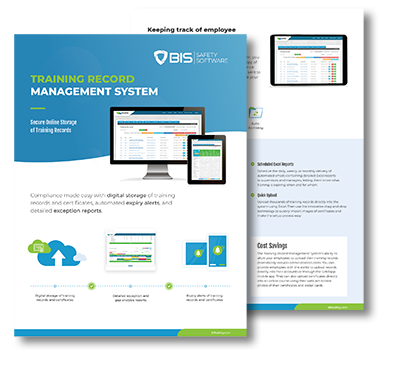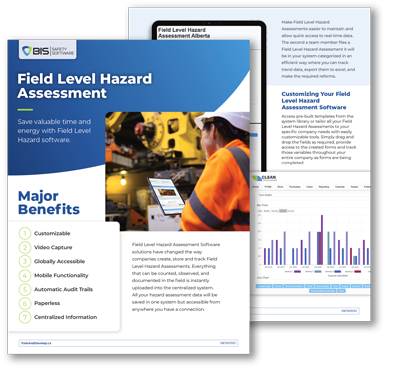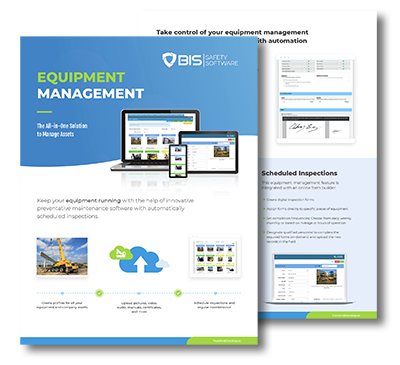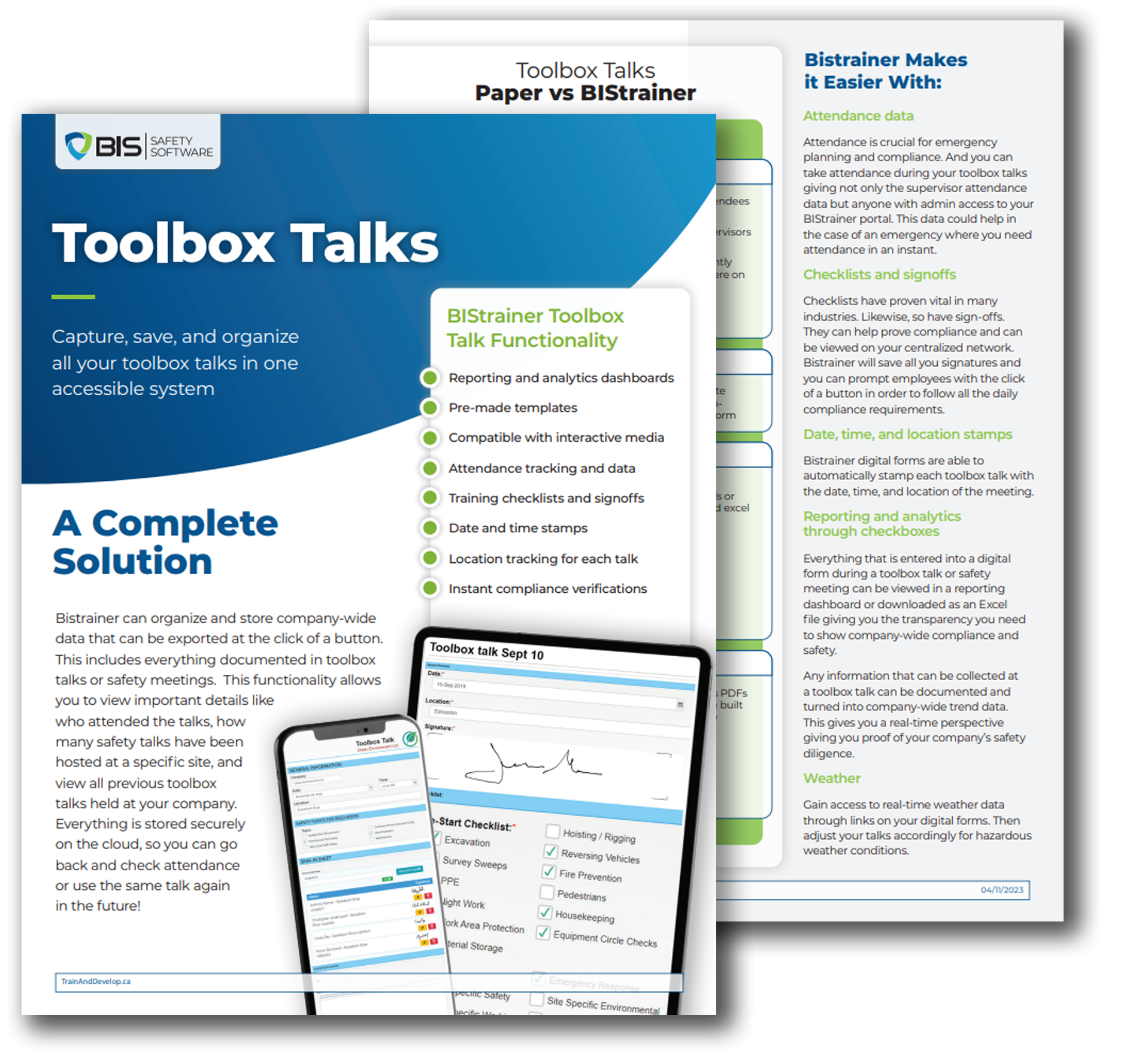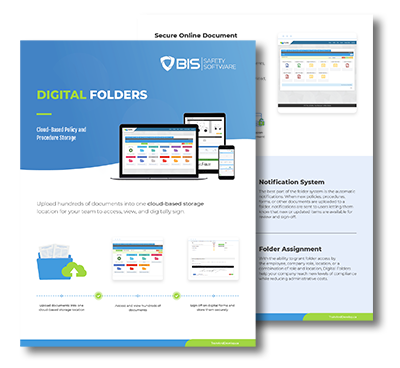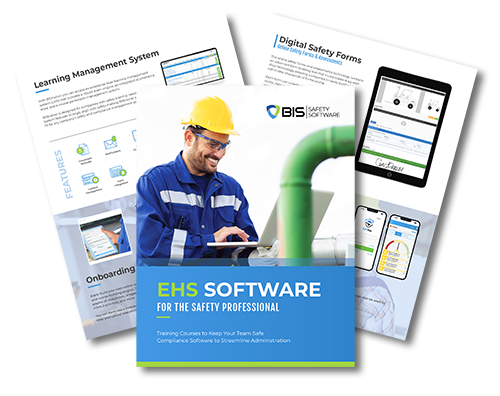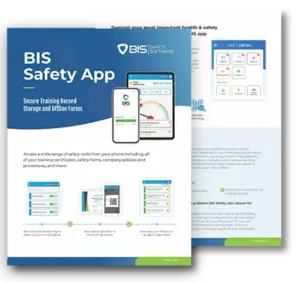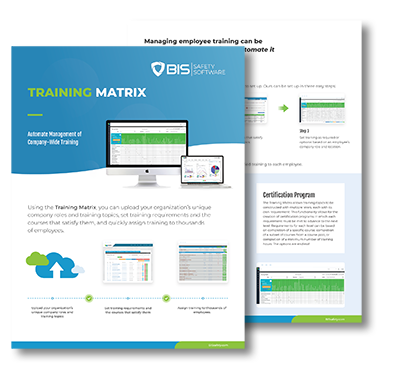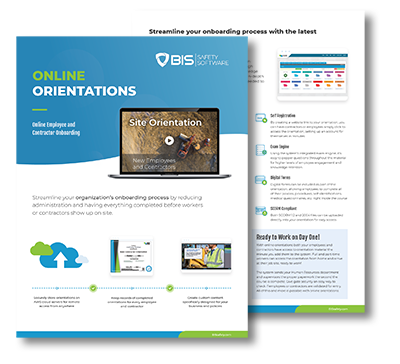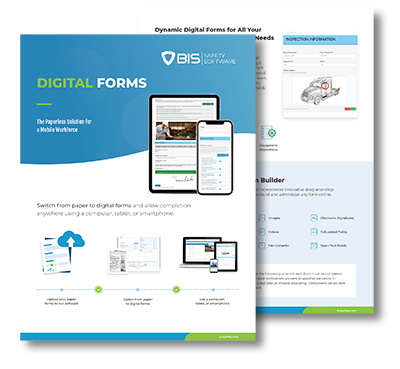What Is Nonconformance?

Nonconformance can disrupt safety and quality—but it’s also a powerful warning sign. Learn how to spot it, respond effectively, and prevent future issues.
Behavior-Based Safety (BBS): A Proactive Approach to Workplace Safety

Want a safer workplace that actually sticks? Behavior-Based Safety focuses on everyday choices and teamwork. When people observe, speak up, and support one another, safety becomes something everyone owns—and that’s when the real change begins.
Health and Safety Software: What Matters in 2025

Health and safety software has become essential, in 2025, the right platform offers real-time visibility, automation, and smarter risk management. Learn what features to prioritize, red flags to avoid, and how software can drive real safety results.
Risk Assessment Software: The 2025 Guide for Safety Leaders

In 2025, the Risk Assessment Softwares are reshaping how safety leaders handle workplace hazards. From oil fields to factory floors, digital tools help teams manage hazards in real time, streamline compliance, and drive proactive safety.
6 Essential Features of a Top Learning Management System

Discover six essential features every top Learning Management System should have to enhance employee training, ensure compliance, and build a skilled workforce.
Steve Nash, Safety Training, and the Case for Deliberate Practice

Get your team involved in Transportation Safety Week with these great ideas commercial driving companies have used increase awareness and safety!
The Reinvention Blueprint: Veterans, Bankers, and Electricians Who Built Safety Empires

Aurora Innovation just launched a fully driverless freight service in Texas. It’s a big move for both logistics and workplace safety.
When Women Take the Mic in Safety Conversations

For decades, the safety industry has sounded like one voice: commanding, technical, and almost always male. But that’s shifting. And when women step up to the mic, something remarkable happens. They don’t echo the status quo
Accidental Activists: How Bureaucrats and Blue-Collars Are Quietly Reshaping Safety Culture

How Bureaucrats and Blue-Collars Are Quietly Reshaping Safety Culture
Smart Vests and Safety Helmets That Think: The Wearables Reshaping Jobsite Safety

The Promise (and Limits) of Predictive Safety Analytics



